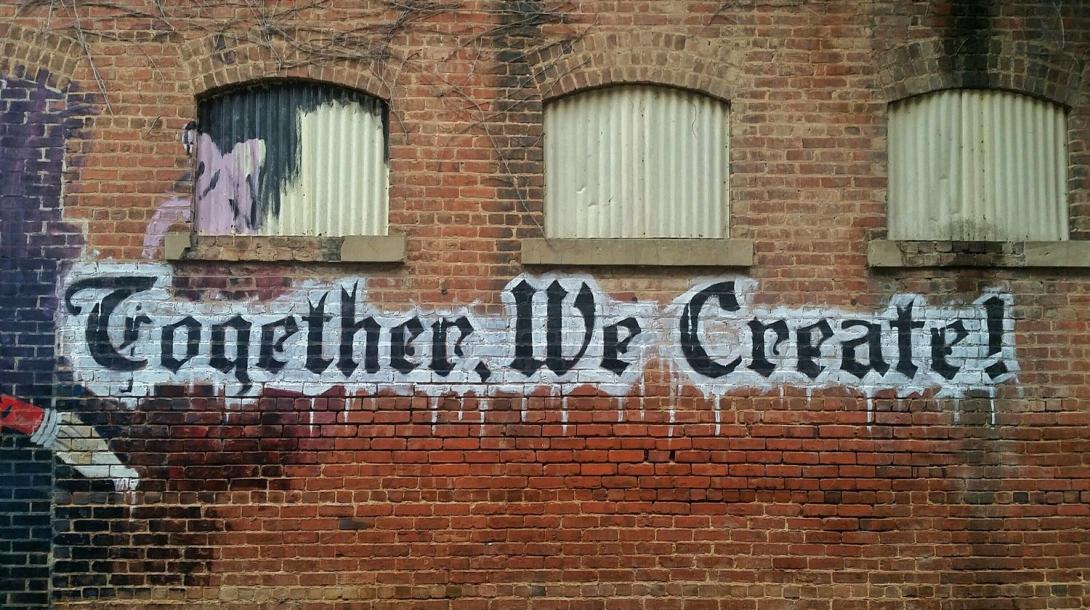Waterfall, Agile, and the rTraction Way

I had an opportunity to speak on a panel about Leading in the Face of Disruption: What Organizations & Employees Need to Start Doing Now at the PMI South Western Ontario Chapter's annual symposium. In that discussion, a common theme was the reality that change is a constant (it always has been), and the pace is steadily increasing. That conversation made me reflect on how we work today relative to how we have in the past. I realized that folks who have been familiar with our work over our nearly 17 years in business and may have been following along with some of the changes we've made to our brand and our team may not know the full extent of how we've changed the way we work.
Here, I outline a couple of popular project management methodologies and how we've landed on a hybrid that facilitates the right end result for our clients based on where they are today, where they want to be, and where they need us to fill the gap.
Waterfall
The waterfall method is a fairly traditional approach to project management in the agency world. In this approach, each step is dependent on the one before it (including approval from the client to proceed to the next step). This methodology is typically used when there is a constrained budget and/or timeline, as it allows a project team to work toward a set plan of deliverables on a predictable schedule.
The challenge with waterfall is that, while it allows opportunity for client buy-in at each step and provides predictability in budget and timeline, it also requires a well-defined problem and scope. The pace of change in today's landscape (particularly where technology is involved) is so rapid that both business needs and the tools to meet those needs can change from day one to delivery. What this means is that, while a project may be delivered on time and on budget, the hypothesis at the start of the project may have changed in response to new information, and the investment of time and cash may ultimately have been in the wrong solution.
Agile
When outcomes and/or budget are flexible, an agile approach may be preferable. This model allows for continual feedback from the client, and it results in mutually agreed upon “minimum viable product” with work completed in a series of two-week sprints. During each sprint, the priorities of each party shift to where they are most needed, making this a good approach for projects where features are still yet to be defined, or where teams need to see work before determining if the project is headed in the right direction.
The challenge with the agile approach is that, for organizations where either market requirements (e.g., a product launch date) or (in the case of nonprofits) grant funding dictates a budget and/or timeline cap, it can be hard to find that endpoint with an agile approach. Agile does a great job of capturing new opportunities and prioritizing what's next; it does not always do a great job of ushering you to the end point of a hard deadline, a hard budget cap, or both.
The rTraction Way
We were a waterfall agency for a long time. We tried our hand at agile, too. Like Goldilocks, we were in search of the "just right" approach to managing budget and timeline alongside shifting priorities. We get that business needs change as stakeholders rotate through. We get that timelines may shift as new priorities come in, but the budget may not (or vice versa). We get that a new "most important thing" may come in to play because of factors outside of your control, or because you have realized a new strategic priority.
The way we work offers the flexibility of agile to respond to shifting priorities, as well as the regular project cadence afforded by that methodology. It also offers the clarity of time and budget that we agreed upon at the start (with opportunities to expand either one if that is in the best service of the outcomes you're looking for) as we validate your buy-in to each of our decisions at the regular check-ins that are core to our collaborative process.
When we get to the end of a project, we check in with each of our clients because one of our core values is Listen, Learn, Deliver, and we see that as a circular—rather than a linear—process. The feedback we have received from clients who have worked with us in this way is that our team is excellent at facilitating the right discussions to get to the right end result.
